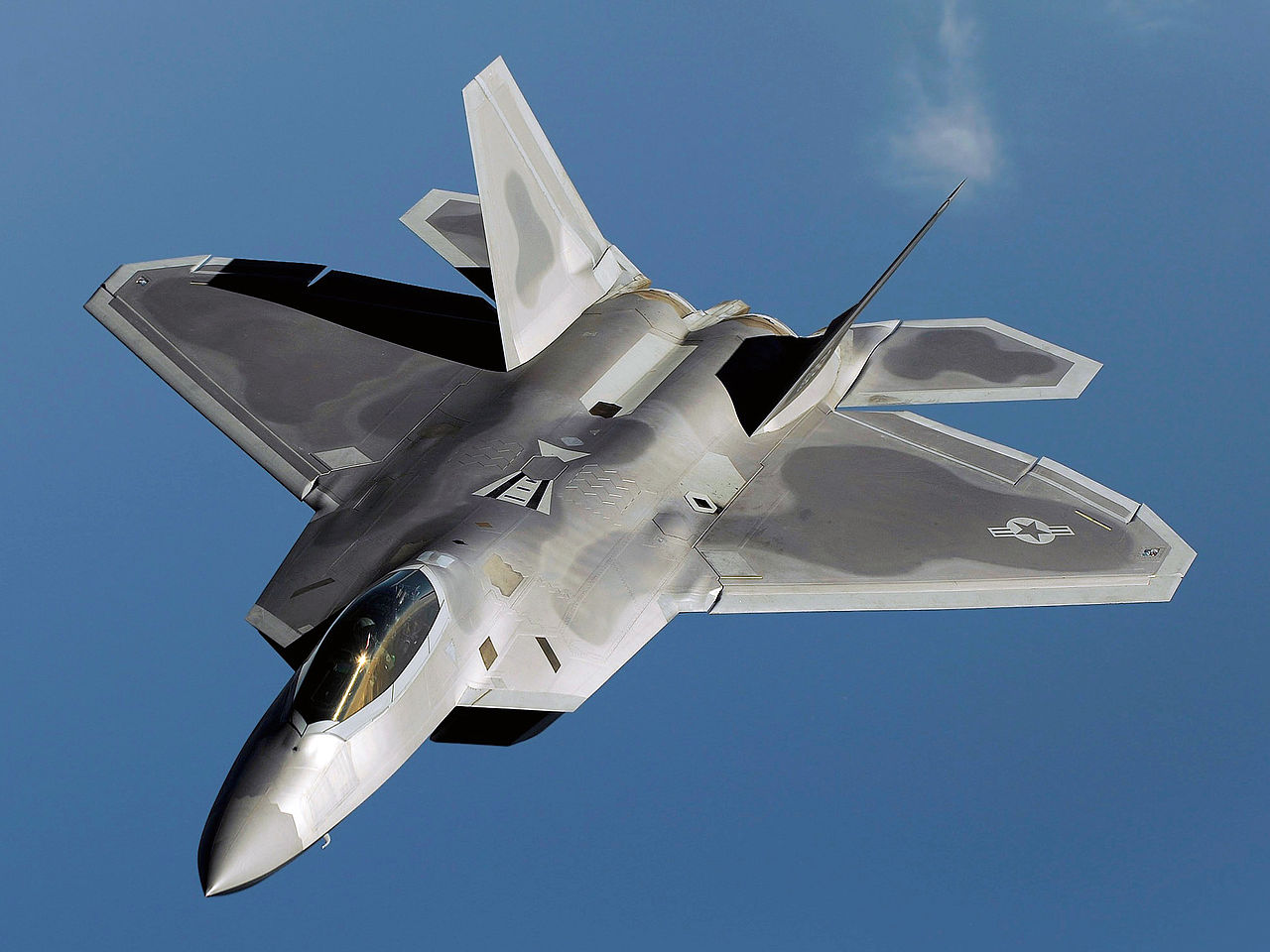What is difference between Air Superiority Fighter, Multi Role Fighter, Interceptor & Attack aircraft ?
Air Superiority Fighter vs. Multi Role Fighter
The main difference is radar system optimized for one role or the other. Ground mapping was incorporated into early radar systems at the expense of air-to-air capability. To maximize the potential, certain radars were developed purely for aerial or ground strike functions. Even today, the radar systems installed on state of the art fighters and interceptors don’t function as well in the air to ground role and vice versa. Aside from radar, some multi role fighters also have additional sensor equipment to designate air to ground targets in pod platforms carried on pylons or installed in the nose, tail or engine housings. Forward Looking Infra Red (FLIR) cameras and Television Guidance Mechanisms (TGM) is the most common types. Multi role fighters usually have a crew of two. The second crewman is navigating routes towards target zones, identifying targets, engage in target designation and providing details on when to release weapons. But an additional crew member is unwarranted for air to air missions.
 |
| F22 Raptor |
Interdiction or Strike Bomber
An interdictor is designed to penetrate enemy air defense at supersonic speed with intent of destroying military targets involved in logistics, prevents or delays enemy forces and supplies from reaching the battlefront. The strike fighter is a closely related concept, but puts more emphasis on air-to-air combat capabilities. Many are built on fighter air frames with identical maneuverability.
Interceptor:
Designed to intercept enemy aircraft and cruise missiles and unlike fighters, egress after making an attack, if necessary. This ability is afforded by higher operating speed, altitude, and longer radar range than fighters. As an air defense asset, they are normally used over friendly airspace.
 |
| F106A - Chase Dart |
Deep Penetration Bomber:
Close Air
Support:
Attack
aircraft:
Deep penetration strategic bomber refers to aircraft designed to not just penetrate enemy air defense but continue greater distance to make nuclear strikes. They have large radars for fire control, navigation and weapon targeting. They have similar range to strategic bombers but also have supersonic max speed, transonic cruise speed, and have a rotary launcher appropriate for nuclear weapons. They have no air to air weaponry other than cannon stations.
CAS is defined as fixed or rotary-winged aircraft designed to engage hostile targets close in proximity to friendly forces, used in detailed integration with ground forces. They are relatively small, agile, with low ceiling, subsonic speed and short range. The avionics usually consists of FLIR or TVG sensors. Modern attack helicopters also have small radars mounted on the nose or atop the main rotor.
These aircraft are primarily for ground attack and air support (assistance from the air to take out ground targets not air targets), they usually carry missiles, bombs and guns. They do not carry air to air weaponry, although they are capable this role would be unsuitable as they are not designed for maneuverability and the high g forces of air combat. These are designed to wipe out enemy installations like tanks, bunkers, troops, armored vehicles, airbases etc.
Lastly, classification systems vary from country to country and a certain aircraft may be assigned roles and classified differently depending on air war doctrine.
Follow us @ Facebook : Advanced Tech World
Find More at
Automobiles : Automobiles
Aviation Blog : Aviation
Students Help : Students